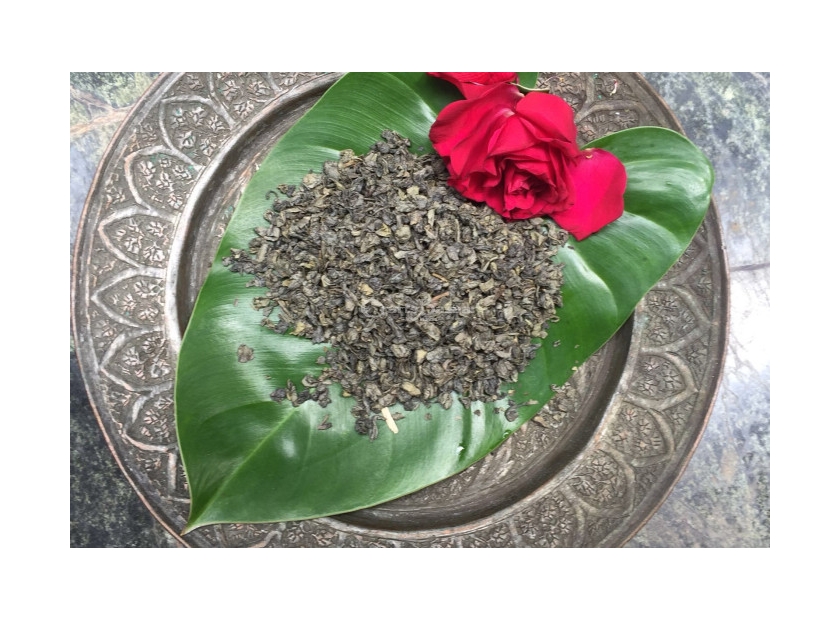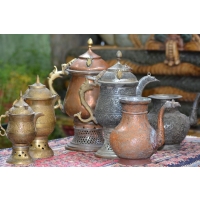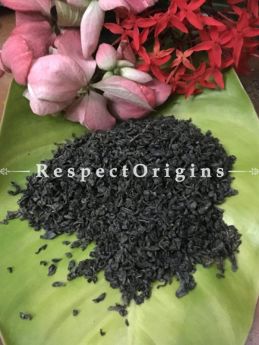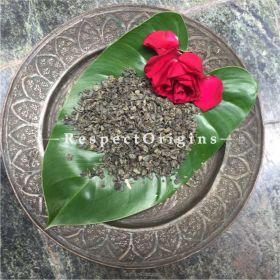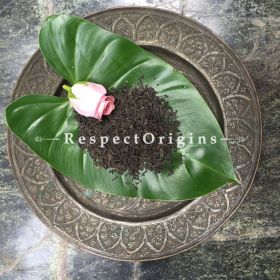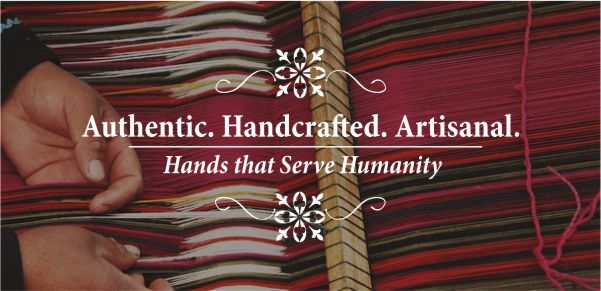Tea with Sugar? Boring. Try Salt instead. Exotic Indian Teas with Spice and Salt.
Mountain tribes and cultures are distinctly unique and their individualism almost directly proportional to the degree of difficulty in access and communications between the rest of the world and them. The people of the Valley of Jammu and Kashmir, that includes the well-known Kashmir and the comparatively lesser-known-about Ladakh, enjoy a rich variety of cultural legacy owing to the many influences that remained well after the many tides of rulers had ebbed and flowed.
The foods, music and dance are well documented. Wazvaan, Lal Vaak and Bachha Nagma are appreciated by most who experience these. The hidden gem in all of this though is the delicious, aromatic and marvelously nutritious diversity of Kashmiri teas!
Yes, tea. Not the increasingly sought-after Masala tea made in a pot and boiled with milk, sugar and sometimes, ginger. Not the Assamese, Nilgiris varieties of tea that is exported and served-up in fine China in ceremonial English fashion. Just Chai. Kashmiri Chai of two specific varieties. Moghul Chai or Kehwa, Green Tea and Sheer Chai, Pink Tea.
The Moghul Chai is an exotic green tea that is made and served from a Samavaar, a tea-kettle made of heavy elaborately engraved brass with a sturdy body that has a funnel-like cavity into which hot-coal is held and the external cavity into which the tea leaves with slivers of Almonds, crushed green Cardamom, sticks of Cinnamon and sugar is added and slowly brewed by smoldering hot coals, through the passing of the day. As the water heats up the tea leaves start to release their color, flavor and aroma and the spices and almonds give-up all they have by way of essential oils, aromatic flavors and a rich nutritious concoction called “Moghul Chai”. It can be safely assumed this tradition and ritual goes back to the luxurious tastes of the Moghuls who romanced and ruled Kashmir.
The Moghul Chai is poured out from the large spout towards the upper-end of the Samavaar while the top itself has a brass lid that caps the cavity holding the coals. The hot and heavy Samavaar is cradled safely in sure and certain hands on a woolen cloth or the sleeve of the Pheran, the layered top long coat with wide sleeves, worn by all Kashmiris year-round. The tea is poured out into brass cups called Khasus which has the structure of a wine goblet that allows for the base to be held with the stem so as to avoid contact with the cup which heats up to scalding-point as the hot tea is poured into it. The top brass-lid is at all times held in place to ensure the coals or ash doesn’t fall right out! As the cavity is on the central axis and the spout long, with just the slight angel required to pour the tea, its safe but requires skill and experience. The Samavaar, a fine sample of Kashmiri artisanship and skill in Copperware and Brass, with engraved motifs of the Chinaar (Maple) Leave and its Floral tributes to Mother Nature, was not meant for the delicate-wrists of sophisticated well-off ladies but for the seasoned, cultured, born-of-the-soil Kashmiri who braves freezing winters and cold autumns warmed by a Kangri, a wicker-basket with an earthen pot inside it that held hot coals and was carried inside the pheran and close to the body, all day as one went about daily chores and even when one went to bed!
But, for now, its the Samavaar and Chai that we’re interested in! The Khasu itself was held either on the extra-long sleeve of the receiving Kashmiri or else safely ensconced in a hand-kerchief or napkin. This tea is had at virtually anytime of the day with a fresh-based bread called Kulcha or else the Bagel-like Tailwur with Sesame or Poppy Seeds on it.
Sheer Chai or Noon Chai: Salty, Creamy and Oh-so-Pink!
Sheer Chai or Noon Chai is as exotically unique as the people of Jammu and Kashmir. Its sharp and salty, Pink in color similar to the Antique Rose and deliciously buttery and warm, quite like the hugely sought-after Pashmina!
Its made in the Samavaar, with hot coals to give the sustained slow heat across the Brass or Copper Samavaar, with a tiny portion of loose fine special green tea leaves, a pinch of Baking Soda and just enough water to steep the tea-leaves. The water evaporates leaving behind a residue that’s deep Garnet colored with the dark thread-like tea leaves sticking to the bottom. The Baking Soda enables this brilliant color to take effect.
To this residue, one cup at a time at first and then a further two cups or so are added while continuing to reduce the liquid to a darker version. Finally, milk and salt are added and the whole tea is brought to boil. This is poured out into Brass Khasus and finished-off with a dollop of clotted cream and slivers of pistachios and almonds.
The Sheer Chai is always had after a meal as a digestive and also at times in-between meals, if the mood fancies. This comes as a shock to many given its serving of rich cream but this time-honored ritual has kept Kashmiris in good health for a very long time and raising eye-brows isn’t going to alter the course of history nor challenge the merit of this ritual!
When supped between meals in the afternoon or late evening, it is accompanied by an assortments of breads, in various shapes, sizes and textures. The Bagirkhani, the Sheermal, the Lavasa, and the layered pastry-puff, the Katlam.

